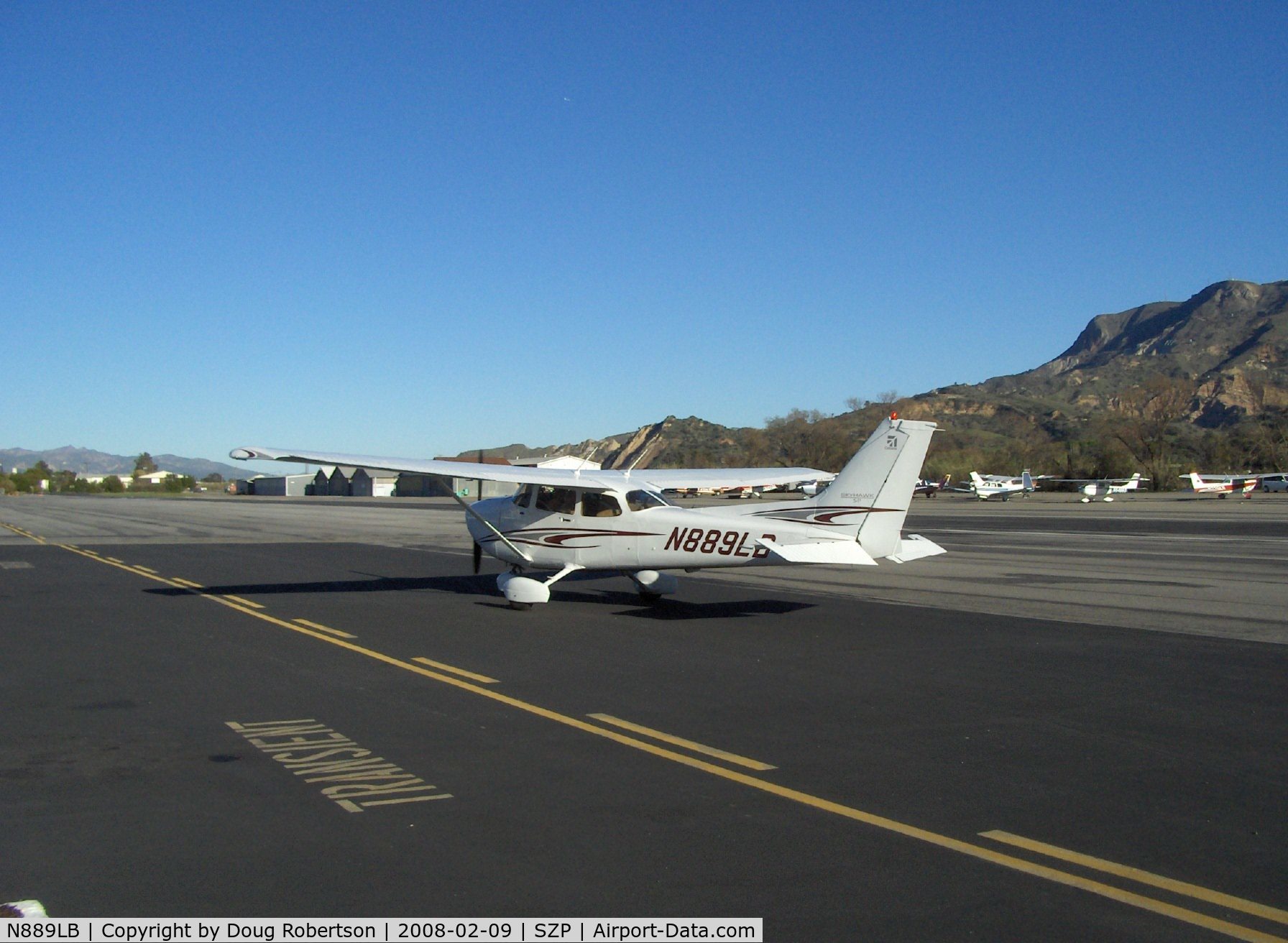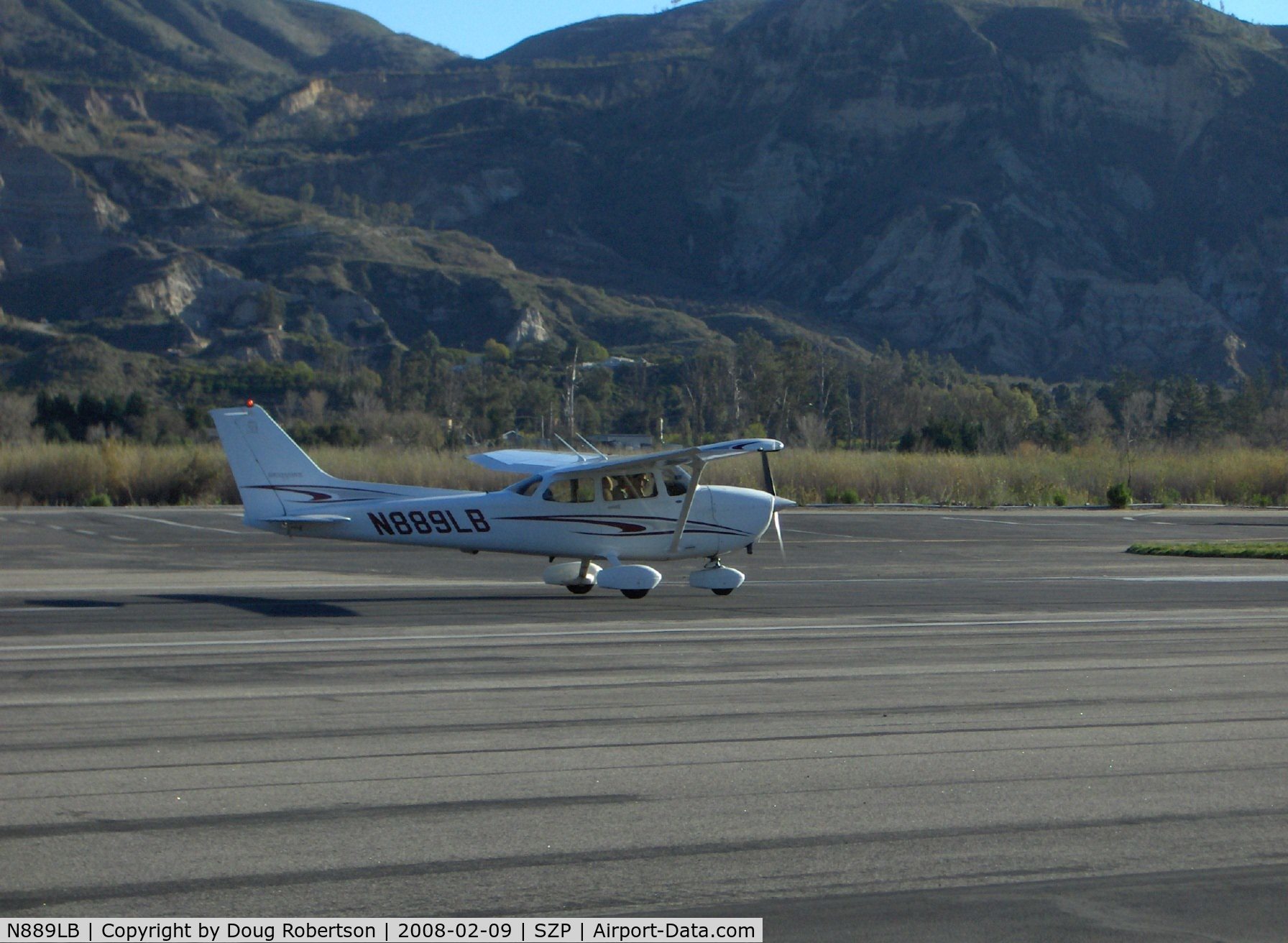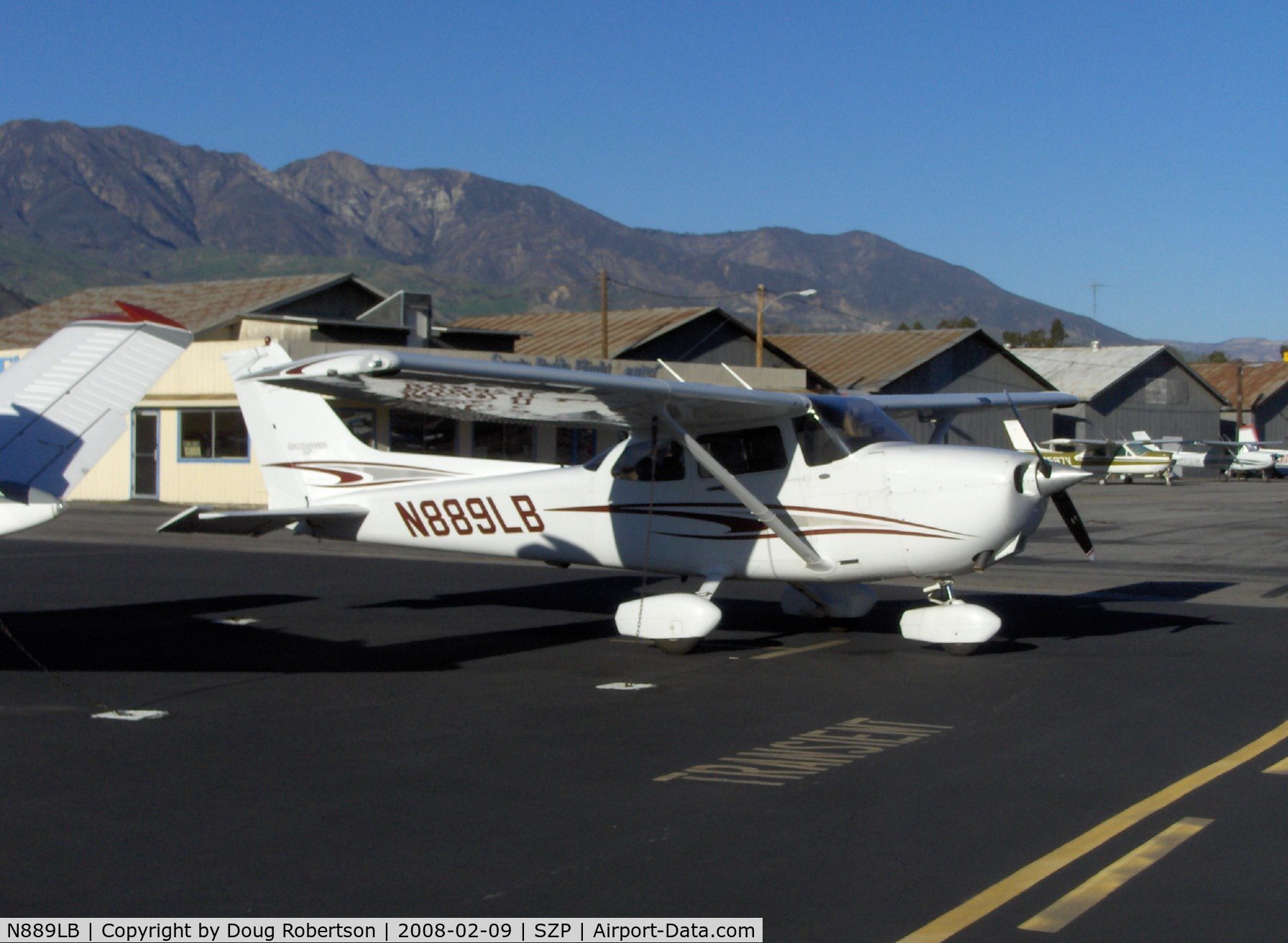I tried to dumb it down and make it as simple as possible. Hope this helps you to remember your airspace on charts and cloud clearance requirements.
**Note: (3-152) = (3 miles 1000 above 500 below and 2000 horizontal) /
(3 - Clear) = (3 miles & clear of clouds)
Class A: IFR only (No minimums)
No Color on the charts. This is any altitude 18,000' MSL or above.
Class B: Very busy airports and you need a clearance (3 & Clear)
Class B: Blue Solid Lines
Class C/D: Not as tightly controlled as B with lots of C-152's flying around (3-152)
Class C: Magenta Solid Lines
Class D: Blue Dashed Lines

Class E Below 10,000msl: same as Class C/D, mainly smaller airplanes and airports (3-152)
Class E from Surface: Magenta Dashed Lines
Class E from 700' AGL and up: Magenta Solid with fuzzy side towards 700' AGL class E
Class E from 1200' AGL and up: Blue Solid with fuzzy side towards 1200' AGL class E
Class G Night below 1200agl: harder to judge distance at night (reverts to same as C/D: 3-152)
Class G: Everywhere class A,B,C,D,E are not. Below class E if class E does not go to surface
Class E/G Above 10,000msl (and above 1200agl): faster airplanes travel above 10,000msl and need more reaction time. (five sms, 1 sm horiz, 1000' above, 1000' below)
Special VFR: Same as G Day below 1200agl because you're tying to get into or out of an airport (1 & Clear)
I hope this helps you to better understand airspace, cloud requirements, and colors and altitudes of airspace.


















No comments:
Post a Comment